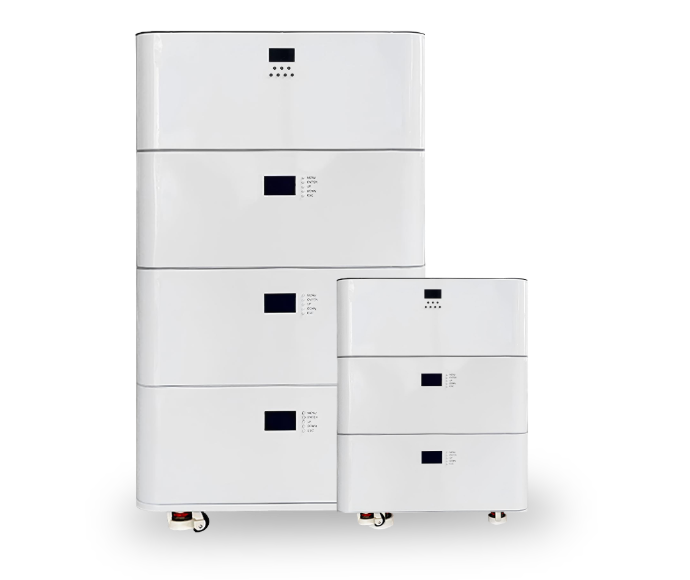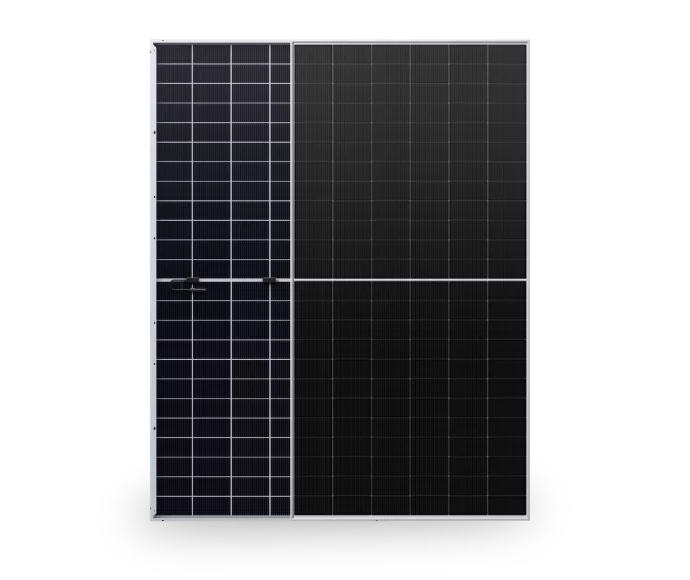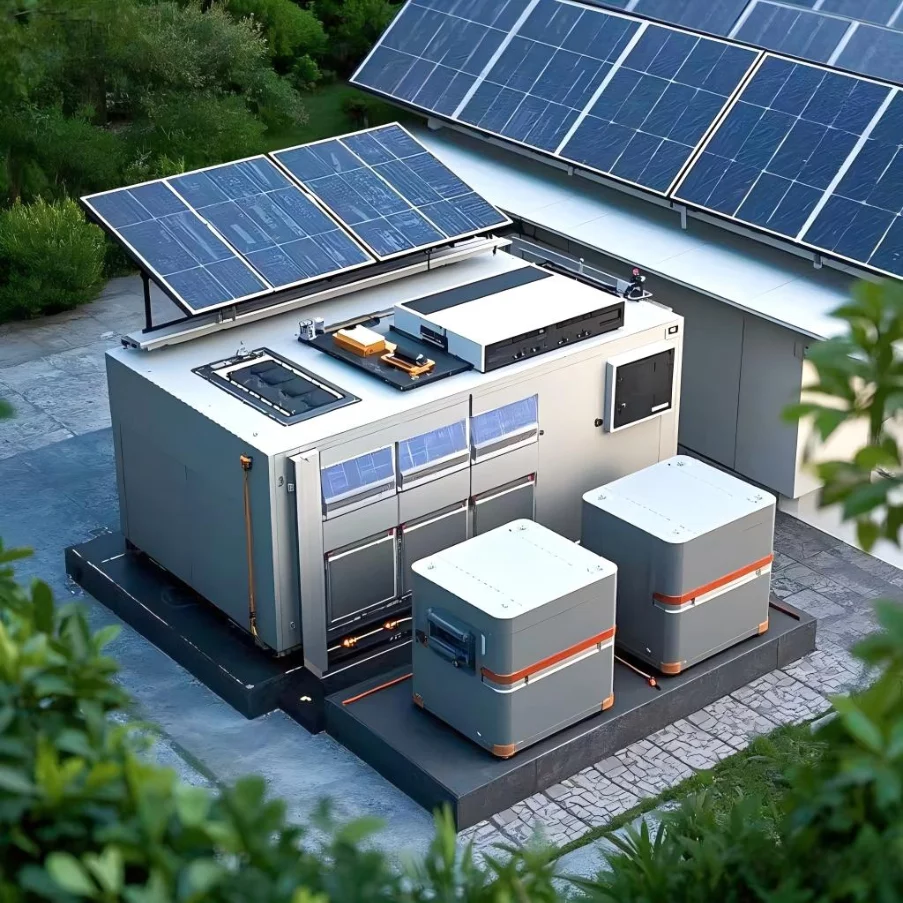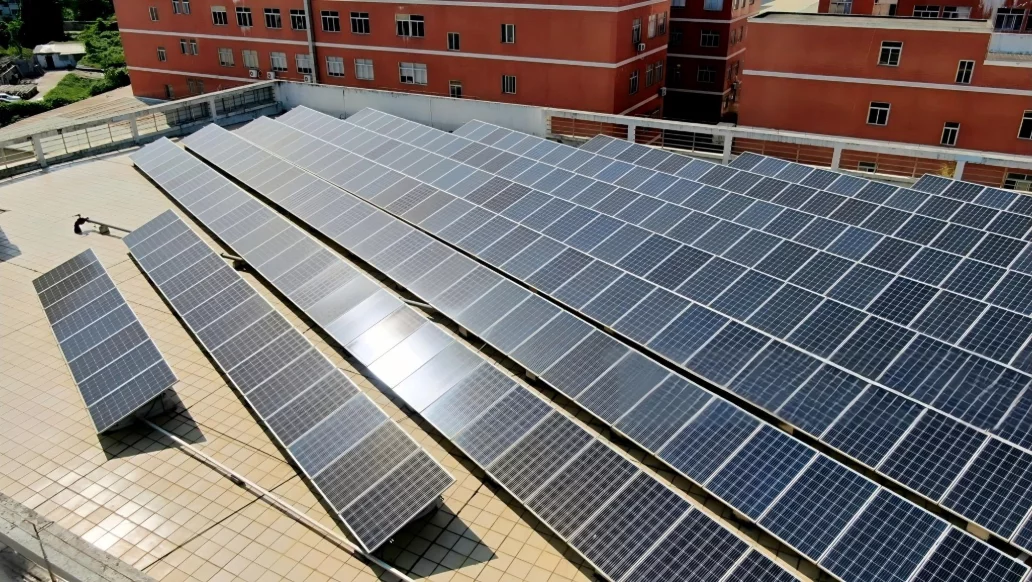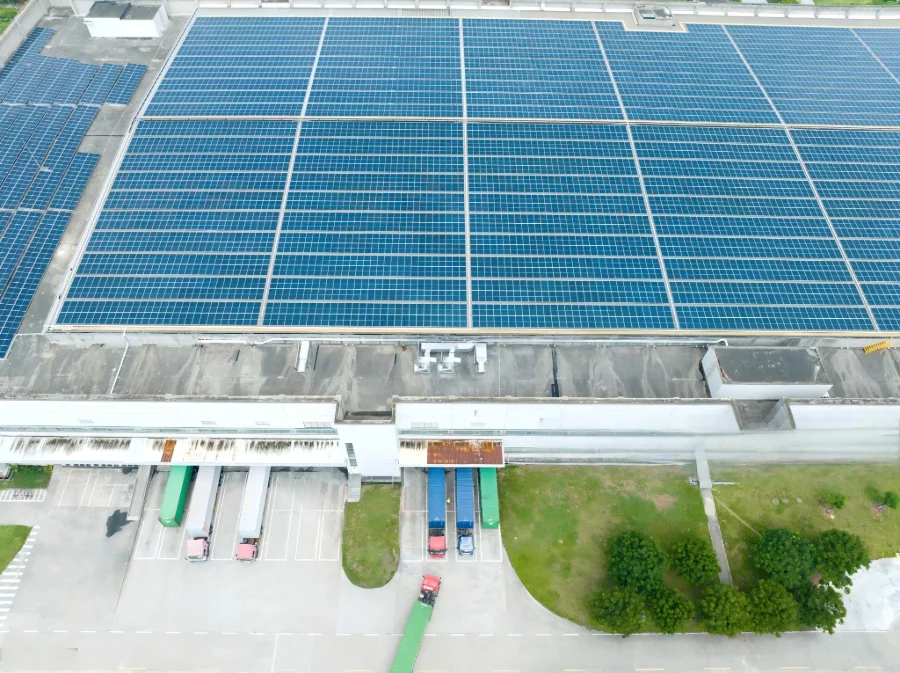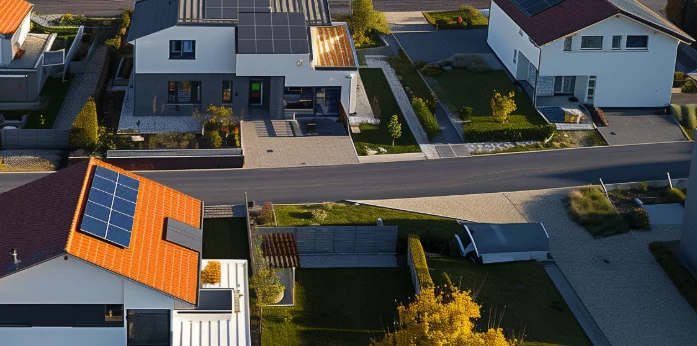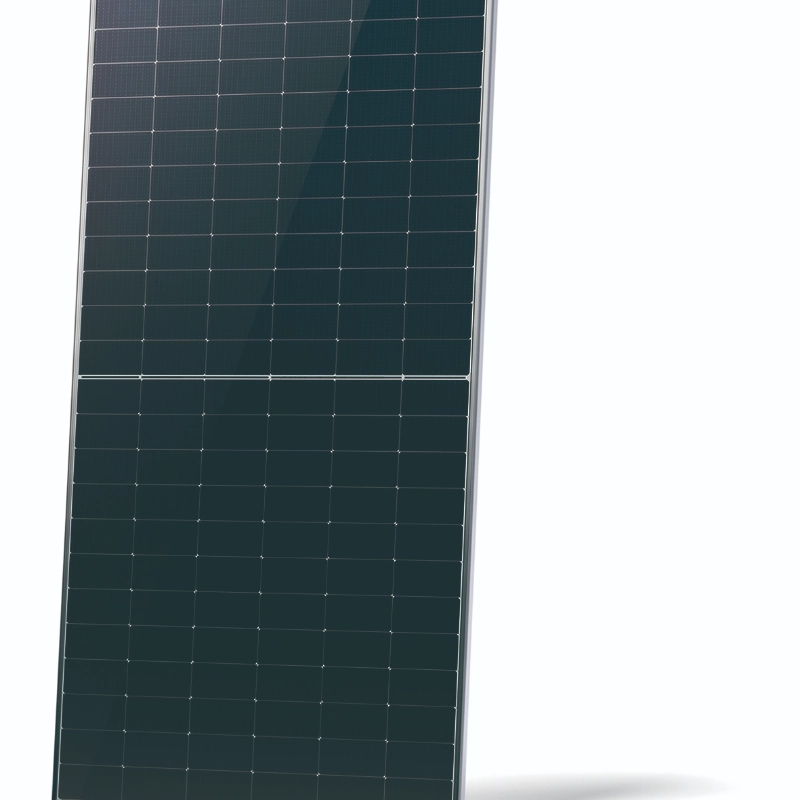Zemin Tipi Enerji Depolaması Atölye Güç Yönetimini Nasıl Optimize Edebilir?
Yayımlanma tarihi: 2025-10-13
İçindekiler
Günümüz üretim ortamında, atölyeler ve küçük fabrikalar makine, aydınlatma ve HVAC sistemlerini çalıştırmak için büyük ölçüde elektriğe bağımlıdır. Ancak, tutarsız güç kaynağı, yüksek elektrik maliyetleri ve ekipman arızaları yaygın sorunlardır. Dikkat çeken çözümlerden biri de ayaklı enerji depolama sistemleriBu sistemler, atölye güç yönetimini birçok yönden optimize ederek verimliliği artırabilir, maliyetleri düşürebilir ve sorunsuz operasyonlar sağlayabilir.
1. Kararlı Güç Kaynağının Sağlanması
Ağır makineler genellikle istikrarlı ve güvenilir bir elektrik akışına ihtiyaç duyar. Küçük voltaj dalgalanmaları bile performansı etkileyebilir veya ekipmana zarar verebilir. Yer tipi enerji depolama üniteleri, ana elektrik şebekesi ile atölye arasında bir tampon görevi görür. Talep düşük olduğunda fazla elektriği depolar ve makineler daha fazla güce ihtiyaç duyduğunda serbest bırakarak tüm ekipmanların kesintisiz ve sorunsuz çalışmasını sağlar.
2. Elektrik Maliyetlerini Azaltma
Birçok atölye, özellikle yoğun saatlerde yüksek elektrik faturalarıyla karşı karşıya kalmaktadır. Enerji depolama sistemleri, atölyelerin ücretlerin daha düşük olduğu düşük yoğunluklu saatlerde elektriği depolayıp yoğun saatlerde kullanmalarına olanak tanır. Yoğunluk azaltma olarak bilinen bu strateji, genel elektrik maliyetini düşürür ve atölyenin finansal verimliliğini artırır. Zamanla, tasarruflar depolama sistemine yapılan ilk yatırımı telafi edebilir.
3. Kesintiler Sırasında Yedek Güç
Beklenmedik elektrik kesintileri üretimi durdurarak gecikmelere ve maddi kayıplara neden olabilir. Yer tipi enerji depolama sistemleri, şebeke kesintisi olsa bile kritik makinelerin çalışmaya devam etmesini sağlayan güvenilir bir yedek güç kaynağı sağlar. Bu özellik, sürekli üretime bağlı olan veya ani elektrik kesintilerine dayanamayan hassas ekipmanlara sahip atölyeler için özellikle değerlidir.
4. Yenilenebilir Enerji Entegrasyonunu Desteklemek
Güneş panelleri gibi yenilenebilir enerji kaynaklarını kullanan atölyeler büyük ölçüde fayda sağlayabilir. enerji depolama sistemleriGün boyunca fazla güneş enerjisi depolanabilir ve güneş ışığı olmadığında kullanılabilir. Bu, şebekeye bağımlılığı azaltır, enerji maliyetlerini düşürür ve daha sürdürülebilir, çevre dostu bir atölye ortamını destekler.
5. Akıllı Enerji Yönetimi
Modern ayaklı depolama üniteleri akıllı izleme ve kontrol sistemleriyle birlikte gelir. Yöneticiler enerji kullanımını gerçek zamanlı olarak takip edebilir, yüksek talep dönemlerini tahmin edebilir ve farklı makineler arasında enerji dağıtımını optimize edebilir. Bazı sistemler ayrıca verimsizlikleri tespit etmek için analizler sunarak atölyelerin daha akıllıca çalışmasına ve israfı azaltmasına yardımcı olur.
Çözüm
Zemine monte ev enerji depolama sistemleri Atölyelerin güç ihtiyaçlarını yönetme biçimlerini dönüştürüyor. İstikrarlı elektrik sağlayarak, enerji maliyetlerini düşürerek, yedek güç sağlayarak, yenilenebilir kaynaklarla entegre olarak ve akıllı enerji yönetimini mümkün kılarak bu sistemler, atölyeleri daha verimli, güvenilir ve sürdürülebilir hale getiriyor. Operasyonlarını iyileştirmek ve enerjiyle ilgili riskleri azaltmak isteyen her atölye için, ayaklı bir enerji depolama çözümü benimsemek pratik ve ileri görüşlü bir seçimdir.


